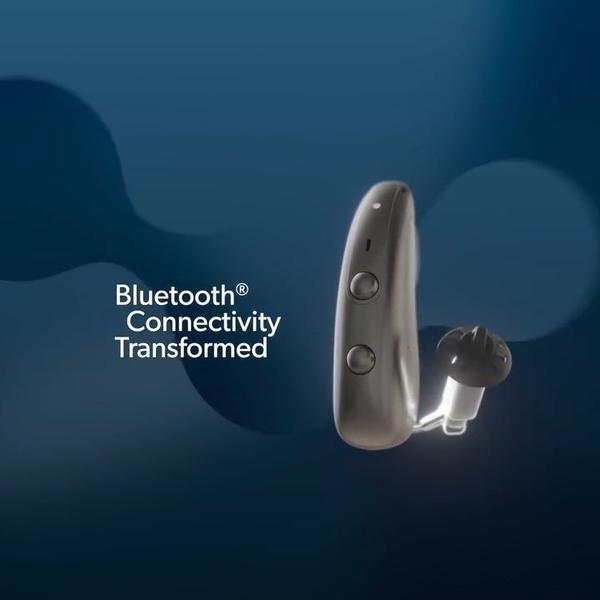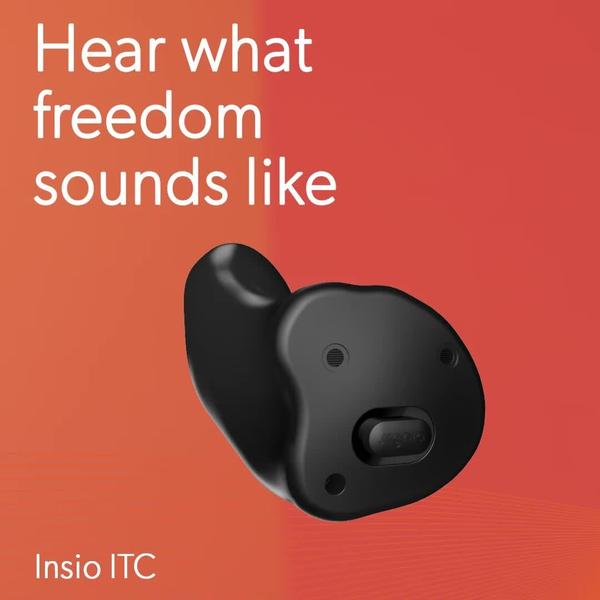
How long do hearing aids last?
If you have been prescribed hearing aids, there is no question that they are an essential purchase. Hearing aids bring countless medical and socio-emotional benefits to people who are experiencing hearing loss. They support brain function and help ensure your safety and security. Hearing aids have the power to reconnect people to their loved ones and their passions.
Though hearing loss may at first be a disorienting experience, hearing aids are equipped with advanced technology to improve your hearing. As with all big purchases, it is important to take the time to select hearing aids that meet your specific hearing needs and lifestyle. You will find that with the use of hearing aids, not only are sounds richer – but your life too. And that is a sound investment!
A General Lifespan of Hearing Aids
Hearing aids have undergone something of a revolution in the past decade. With trends parallel to advancements in digital technology, hearing aids are packed with extraordinary features to treat a range of hearing loss.
On average, hearing aids have an estimated lifespan of three to seven years. Depending on the style, some may last longer. In-the-ear hearing aids tend to last four to five years, while behind-the-ear hearing aids have a five to six year lifespan. This is due to the construction of the hearing aid, and the way they are worn. In-the-hear hearing aids are exposed to more moisture and higher temperatures due to the way they are worn. As a result, they may experience more exposure to sweat and earwax. Behind-the-ear hearing aids are housed in a compartment that sits on your ear, keeping it away from the moisture of everyday wear.
At the same time, the lifespan of hearing aids is also dependent on how they fit into your life. If your hearing has changed, the performance of the hearing aid may not have the power to accommodate your changing hearing abilities.
Factors that Influence
Hearing Aid Longevity
Hearing Aid Construction and Manufacturing
If, when you think of hearing aids, you see those bulky, flesh-toned devices – think again! Hearing aids these days are miniature computers with powerful processing platforms, designed with discretion and ergonomics in mind. They are small, discreet, and are made of durable materials that protect the sensitive electronics inside. Hearing aids may be constructed with silicon, plastic, metal, and are covered in nano-coating, which fights moisture and debris. They withstand higher levels of impact as well, but, nothing is impenetrable. Contemporary hearing aids are certainly hardier than their predecessors, but over time, and with daily wear, hearing aids may experience structural issues.
Hearing Aid Maintenance
Hearing aids are a workhorse of a device: for their small size, they are incredibly powerful and provide consistent power day in and out. Because they are worn daily, they are exposed regularly to sweat, skin oil, moisture, dust, and the elements of all kinds. When you first receive your hearing aids, we will instruct you on how to provide daily maintenance to ensure the longevity of your hearing aids. The best practice is to clean your hearing aids daily.
When you are not wearing your hearing aids, you should make sure that they are in a secure, dry space. Consider using a dehumidifying unit over night to dry out any moisture accumulated during the day inside the different chambers of the hearing aid.
It is also important to bring your hearing aids in for a professional cleaning, every three to four months. Even if you follow the daily maintenance steps provided by your hearing professional, there are small and intricate bits of the hearing aid that are difficult to clean on your own. Bring your hearing aids in for a professional cleaning to ensure that they continue to serve you well.
Individual Hearing Needs
Like hearing aid technology, your hearing abilities will continue to change. When you are fitted for your hearing aids, we work to ensure that the best combination of features available will meet your specific hearing needs, tailored to meet your lifestyle and activities. In the meantime, hearing aid manufacturers continue to develop innovative solutions. Hearing specialists recommend an annual hearing test to stay abreast of any changes in your hearing. If you have found that your hearing or lifestyle has changed, we will work with you to find a new hearing aid to fit your needs.
Keywords
use
way
mind
dust
four
night
kinds
sweat
range
metal
impact
trends
safety
people
earwax
debris
result
Factors
silicon
plastic
changes
passions
security
moisture
meantime
question
skin oil
exposure
elements
same time
something
lifestyle
workhorse
daily wear
loved ones
five years
revolution
small size
discretion
activities
ergonomics
performance
past decade
compartment
predecessors
nano-coating
hearing loss
advancements
Manufacturing
everyday wear
big purchases
best practice
higher levels
intricate bits
brain function
new hearing aid
best combination
consistent power
General Lifespan
sound investment
countless medical
secure, dry space
hear hearing aids
durable materials
structural issues
digital technology
different chambers
dehumidifying unit
essential purchase
annual hearing test
advanced technology
Hearing specialists
higher temperatures
miniature computers
hearing professional
three to seven years
innovative solutions
professional cleaning
sensitive electronics
Hearing Aid Longevity
specific hearing needs
extraordinary features
hearing aid technology
daily maintenance steps
disorienting experience
Hearing Aid Maintenance
Individual Hearing Needs
Hearing Aid Construction
socio-emotional benefits
Contemporary hearing aids
hearing aid manufacturers
five to six year lifespan
changing hearing abilities
bulky, flesh-toned devices
powerful processing platforms




